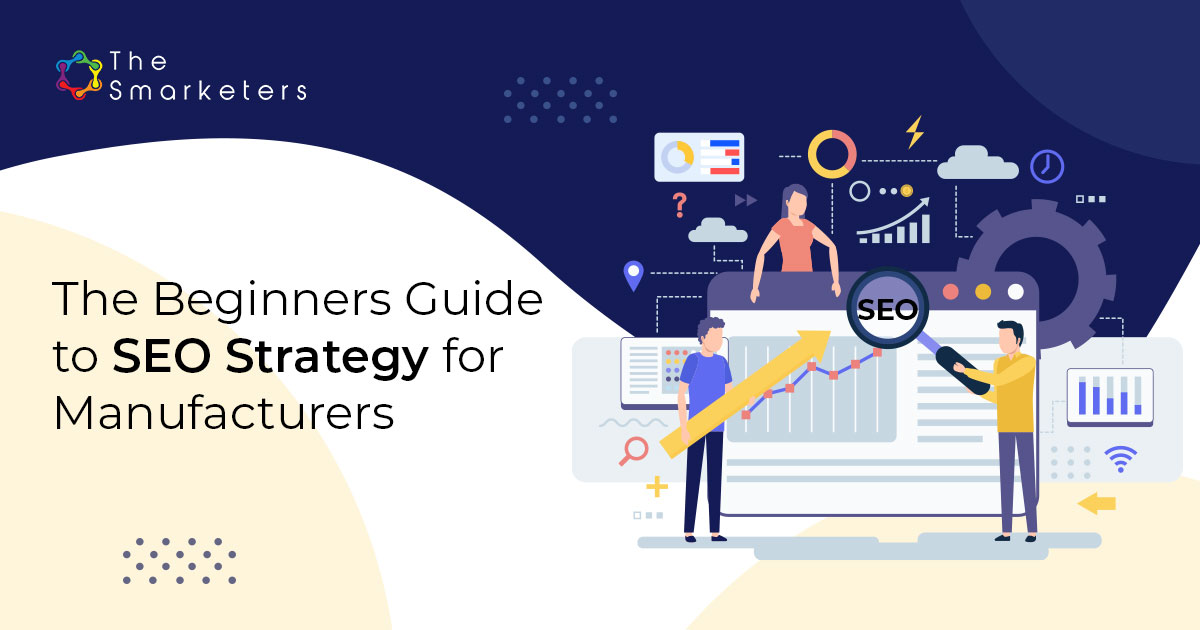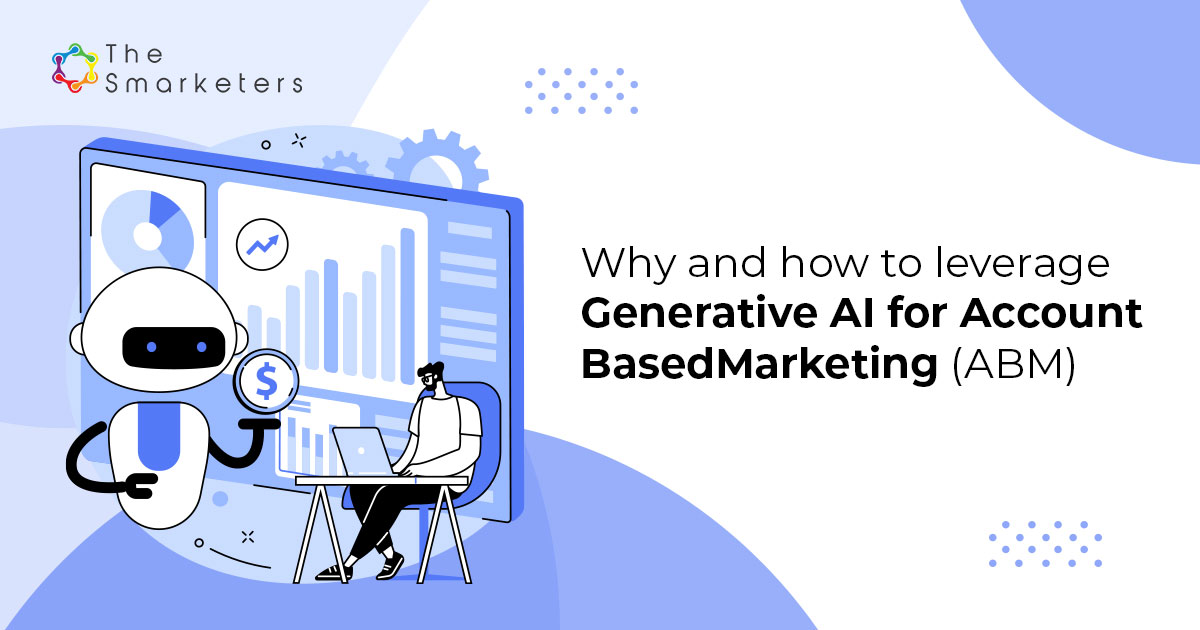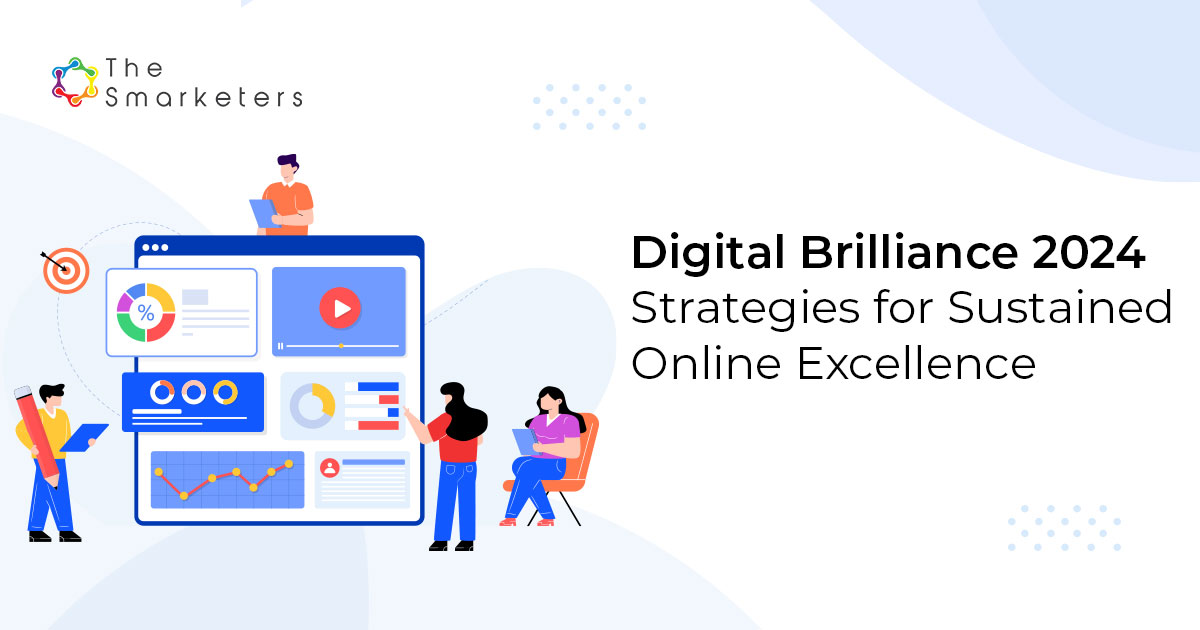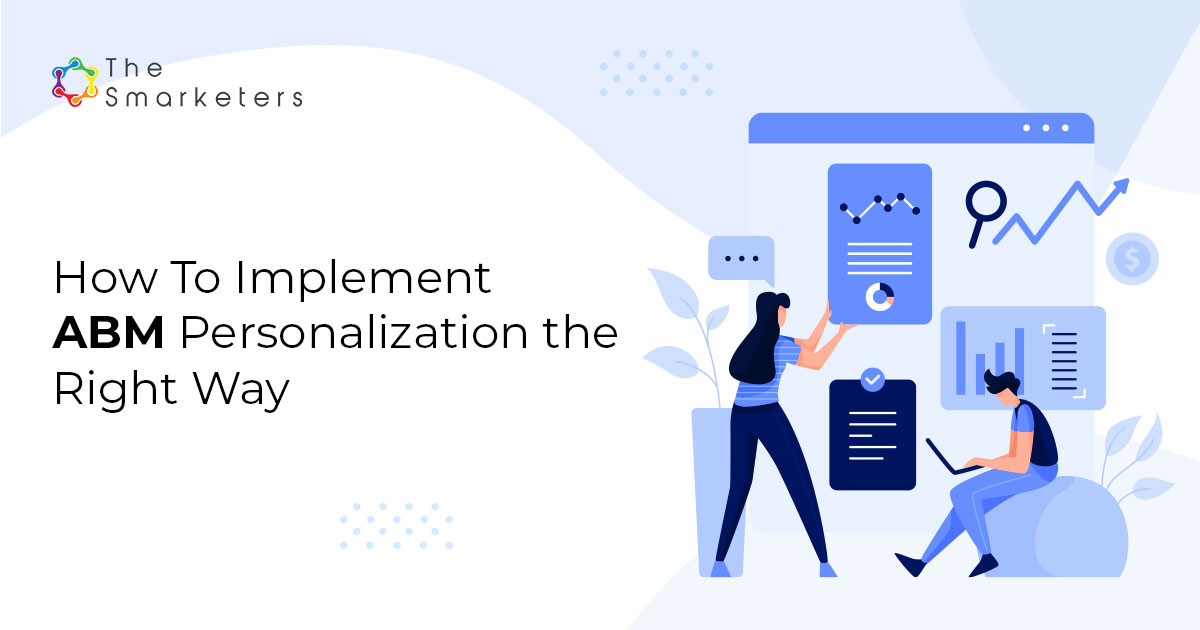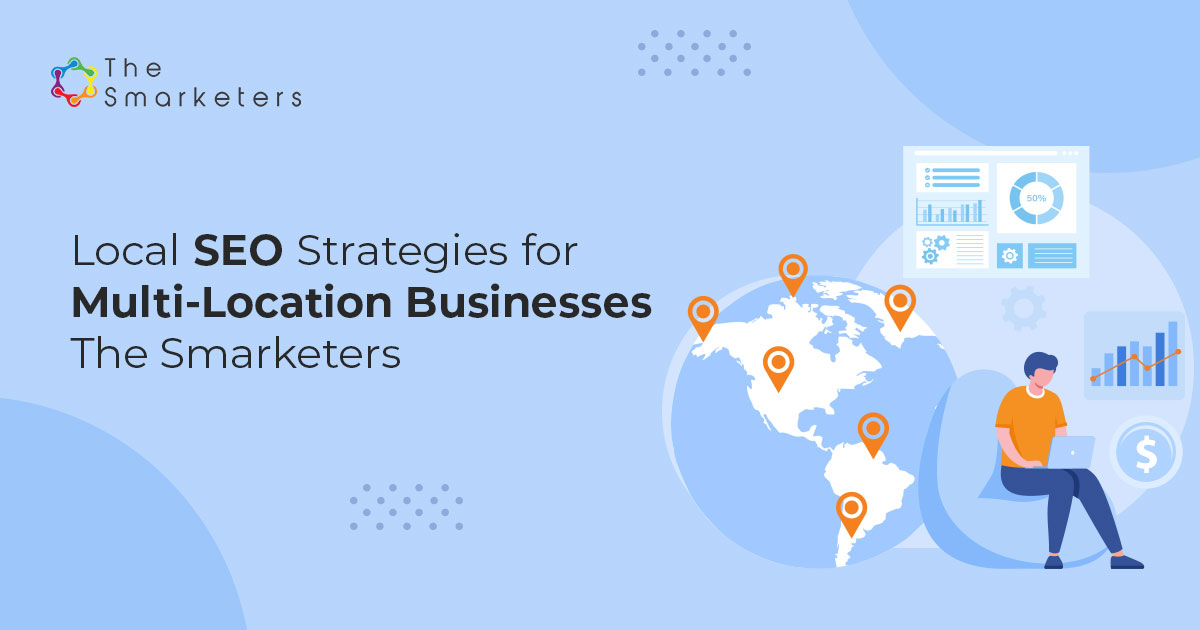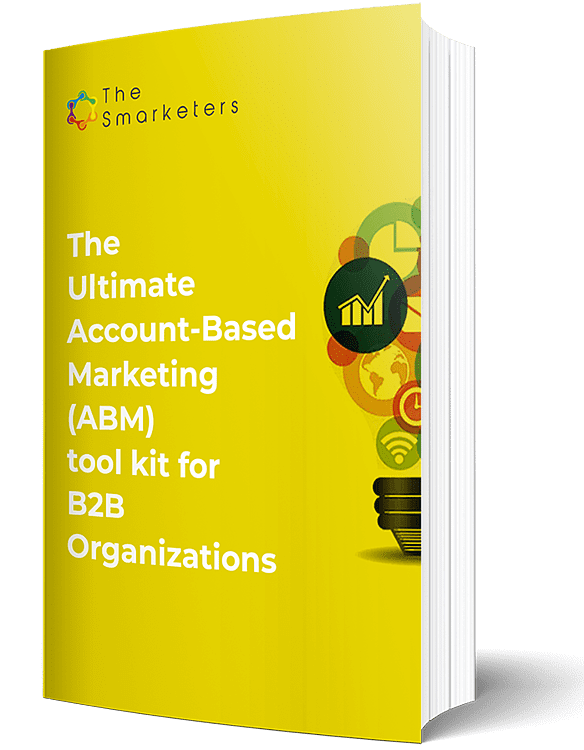Account-based Marketing (ABM) has consistently performed better than other marketing strategies, at least in the case of B2B companies. The ABM campaigns give you an opportunity to adopt a tailored approach when dealing with the target accounts. If your content is persuasive enough, you can hit the jackpot by successfully closing a lead. Indeed, ABM is a powerful technique. But still, it is not being adopted as a strategy as widely as one would expect.
According to Sirius Decisions, 90 per cent of the companies believe ABM should be an integral part of their marketing strategies. However, only 36 per cent of the companies – that implemented ABM campaigns – believe that their sales and marketing efforts were in line with the campaigns, eventually resulting in unproductive campaigns, further leading to a loss in conversions.
And these failures are the reason for the emergence of common ABM myths and misconceptions, which have caused most marketers and salespersons to be disillusioned about the efficacy of an ABM strategy and its vast potential.
Here, we try to dispel commonly believed myths about ABM so you can optimize your marketing and sales efforts for better ROI.
Myth 1: ABM is new and therefore not proven
ABM is a revised version of the age-old concept which involves marketers and salespersons targeting potential clients with customized offers. However, there are certain additions that highlight ABM as a new marketing strategy. These include technological integration, a major emphasis on digital campaigns, and the use of advanced metrics to create highly-targeted outreach programs.
Since ABM comes in a wrapped package, people find it difficult to relate to. Once you dive in to assess the depths of ABM, you will unveil the concepts that have existed for a long time. In fact, ABM enhances the old tactics to target leads in a better, more interactive way.
Myth 2: ABM doesn’t work in tandem with Inbound Marketing Strategies
ABM is an outbound marketing strategy, there is no doubt about that. Based on this fact, people assume that you cannot use inbound marketing strategies, such as SEO, with ABM campaigns. Well, this is not true at all. On the contrary, if you implement ABM and SEO, there are better chances of conversions. How? Let us explain.
ABM campaigns generally target key decision-makers, like the C-suite. But the final decision is taken after consulting various individuals like employees, analysts, and experts. These individuals perform in-depth research before suggesting a particular product or service. If you focus on SEO, along with the ABM campaign, you will be able to extend your reach to these individuals, thereby, strengthening your proposition.
Myth 3: ABM is solely meant for marketing
Yes, ABM is a marketing strategy. But, with a slight twist in it. The marketers alone cannot fulfil the outlined goals in an ABM campaign. The salespersons have an equal say, or role, in successfully implementing an ABM campaign. The marketers curate persuasive content and salespersons use it as a tool to convert leads. As you can see, both have a role to play.
An ABM campaign is a holistic approach wherein marketers and salespersons work in coherence. The marketer sets up the pitch for the salespersons. Evidently, both are equally responsible for the outcome.
Myth 4: The outreach approach is the same for all types of Marketing, including ABM
As specified earlier, ABM is an outbound marketing strategy that involves both marketers and salespersons. The outreach approach definitely differs in ABM. A common misconception is that ABM can drive more leads than demand generation marketing tactics. But comparing ABM campaigns with demand generation and other outreach programs exemplifies misplaced expectations. In contrast to other outreach programs, ABM deals with highly-targeted campaigns, customized workflows, strategizing as per buyer persona, and much more.
It is a personalized multi-channel marketing campaign that focuses on high-value accounts, best fits and customer lifetime value. You will witness changes such as a major emphasis on direct email campaigns, individual follow-ups, analyzing engagement metrics, customized & personalized outreach as per individual persona, and so on.
Myth 5: ABM is the solution to all marketing woes
If Account-Based Marketing is so effective and targeted, does this mean it is the ultimate marketing solution? Not at all. As evident by the name, ABM performs wonders when dealing with an individual, or group, accounts. But you cannot use ABM for generalized campaigns targeting a wider base audience. You cannot personalize your outreach programs at such a mass level.
For example, SEO has a different role to play wherein customer comes to you and signs up for the offers. You can further work on these leads to identify potential clients that may require nurturing under the ABM campaign. You see, why you just can’t rely on ABM for all your marketing needs.
Myth 6: Either it’s ABM or nothing
No, it’s actually ABM and others as well. You need a perfect proportion of inbound and outbound strategies to increase your sales. However, in some cases, you might need ABM to target a specific audience and in some cases, you may not need it at all. For example, if you are selling products or services that are already well-known, you don’t need to adopt ABM. You can simply opt for other marketing strategies.
And even if you plan to implement ABM to address all your marketing needs, you must have access to solutions like – marketing automation tools, sales outreach tools, CRM tools, and data analytics tools. ABM strategy cannot function independently. Besides sales and marketing alignment, it also requires the support of internal project teams and account managers to understand customer personas.
Myth 7: Engagement is the only Goal in ABM
Engagement is ONE of the goals. The main goal is conversion. Since ABM works on a personalized approach, the engagement levels are bound to be high. And to build high engagement levels, you need a personal touch, customized content, unique offering, and influential communication skills.
When you succeed in engaging clients, the chances of conversions are high. So yes, engagement should be your priority but you can’t stop until a purchase is made. Investing time and efforts in engagement metrics will surely pave the success path for you.
Myth 8: ABM is hard to implement
We would say HARD is too HARSH a word, not just for ABM but for other marketing strategies as well. ABM seems hard because there is a misconception that it is meant for high-value clients and you need to invest heavily in technology to nurture leads. However, we have witnessed changes in the past couple of years and now, you can easily kick start an ABM campaign without putting in a ransom.
If you plan to implement ABM for a large group of contacts, it may appear hard. But if you use it to target potential clients, you will reap maximum benefits within a reasonable budget.
Myth 9: Just confined to high-value clients
Account-based Marketing is highly recommended for targeting high-valued clients. But nobody denies the fact that ABM is suitable for other accounts as well. To address these needs, ABM is classified into three distinct divisions – Strategic ABM, ABM Lite, and Programmatic Account-based Marketing.
Use Strategic ABM for creating unique campaigns for individual accounts, ABM Lite for targeting a group of accounts, and Programmatic ABM to convert multiple contacts into multiple accounts by using personalized campaigns.
Myth 10: Just another fancy replacement for Sales
Some people say that ABM functions similar to sales operations, like targeting a specific group of contacts. But they fail to understand that you need to mine these contacts, produce content to persuade these contacts, analyze metrics to track engagement and devise strategies, and so on.
ABM does sound fancy and it lives up to expectations as well. Sales and marketing – both of these are core aspects of ABM. This is the exact reason why 97 per cent of marketers report a higher ROI from ABM than other marketing strategies.
Myth 11: ABM is expensive
ABM is a flexible and versatile program, where the expense varies depending on the scale and depth of the marketing activity. Launching a full-scale ABM can be an expensive proposition because of the scale of the campaigns. But it can also work in a lean model.
Besides adjusting the budget according to the scale, ABM also requires companies to invest time and resources into building a specialized team that can work with other functions.
However, it is also important to note here that ABM’s ROI and average deal size ranks much higher when compared to other marketing strategies, according to seasoned marketers and research firms.
Myth 12: ABM applies to all B2B organizations
ABM is an ideal fit for companies that have or want to cater to high ticket accounts with a longer ACV, rather than companies that have high volume customer accounts with shorter sales cycles and smaller deal sizes. Therefore, it is not a one-size-fits-all solution for all B2B organizations.
Companies that have specific solutions for a neatly defined target market – existing as well as new, will benefit the most from ABM. According to marketers, the typical characteristics of this target market are high-value customer accounts with different lines of businesses spread across the world that can offer high-value large deal sizes.
Can ABM work for your organization?
If you have doubts about Account-based Marketing – owing to these myths – it’s time to reconsider what ABM can offer for your business. Map out your requirements, evaluate how ABM can bring a change in your business, and begin with a customized approach toward campaigns.
Need help getting started? Get on a call with us with our Account-based Marketing agency today!




